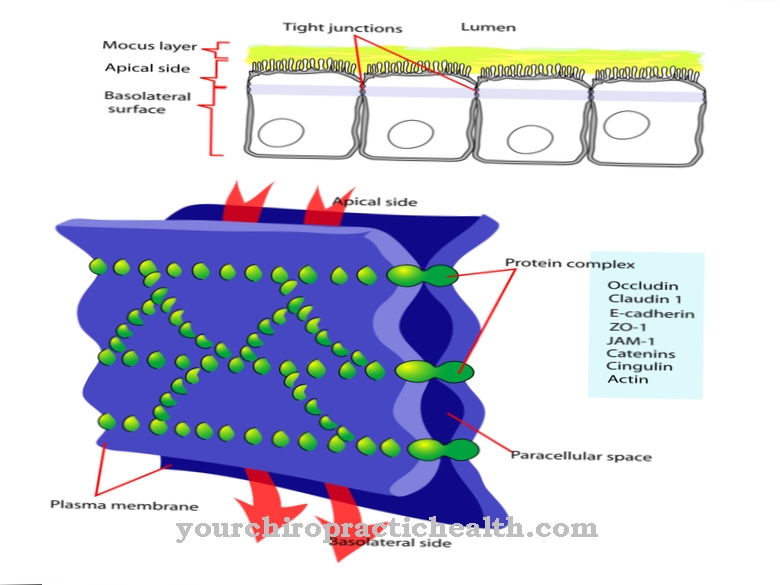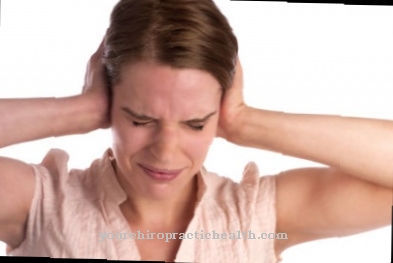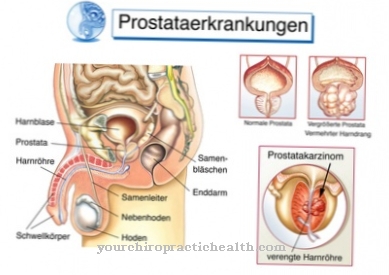Under the term Body psychotherapy different psychotherapeutic methods are summarized. These treat the psychological and physical experience of the person equally.
What is body psychotherapy?

The term body psychotherapy serves as a collective term for psychotherapy methods in which the body is included in the treatment. Feelings are expressed through the body. The body psychotherapy also bears the name Body-oriented psychotherapy.
In body psychotherapy it is assumed that psyche and body cannot be separated from one another and represent a unit. The various body-oriented psychotherapeutic procedures have a depth psychological or humanistic orientation in common. So they use the perception of the body as an opportunity to uncover unconscious processes of the psyche. In doing so, these processes are made aware. The focus of the treatment is on how the body feels during the course of the therapy.
Body psychotherapy has its origin in the psychoanalysis of the early 20th century and in the reform movements of dance and gymnastics. The German gymnastics teacher Elsa Gindler (1885-1961) exerted a strong influence on the process. The same was true of the Austrian psychoanalyst Wilhelm Raich (1897-1957), who laid the foundation for body psychotherapy with the development of vegetotherapy. Until the 1990s, however, body-oriented psychotherapy tended to lead a shadowy existence in the medical world. However, thanks to new neuroscientific research results, interest in body psychotherapy has increased in recent years.
Function, effect & goals
Body psychotherapy aims to treat the mind and body at the same time. In this way, the patient's internal conflicts can be resolved more efficiently.
According to body-oriented psychotherapy, the human body, mind and soul do not exist separately from one another, but rather as a unit. Therapy directions that are under the influence of depth psychology are based on the effects of unconscious psychological processes on human thinking, feeling and acting. If one succeeds in making the unconscious processes conscious, this forms an important basic requirement for the healing process. Body psychotherapy wants to gain access to the unconscious through the body.
In body-oriented psychotherapy, it is assumed that there are emotional data in the body of an adult person that originate from early childhood. These can be core beliefs, such as the belief that you are not good enough. According to body psychotherapy, the human body stores these core beliefs, which determine the further beliefs of humans with regard to the world. This core belief persists regardless of what services the person has already achieved or what has been seen by his mind.
In the view of body psychotherapy, belief that has become emotionally anchored can only be changed by other experiences occurring on a felt physical level. The reality-related, directly felt alternative experience is also referred to as the "antidote". For example, a person who previously thought he was not good enough because of the antidote believes he is good enough after all.
There are a multitude of techniques in body psychotherapy which make them difficult to oversee. Overall, a distinction is made between three different technical categories. This includes working with the help of body awareness, working with physical exercises, and working through physical contact. The individual techniques vary depending on the body-oriented psychotherapy method. For example, there are extremely gentle touches of the body, but also massive procedures. They all serve the purpose of physical change and awareness. As part of physical exercises, u. a. Stressed positions, in which there is strong tension, taken. There are also minimalist experiments.
The therapist examines what effects even the smallest changes in the body have on human consciousness. Body awareness is used when the patient's attention is focused on the internal as well as the physical experience.Mindfulness is a state of consciousness in which the patient becomes a witness of the current experience without making an inner assessment.
There are numerous body-oriented methods that are part of body psychotherapy. These include a. Albert Pesso psychotherapy, structural body therapy (SKT), biodynamic psychology and body work, bioenergetic analysis and integrative body psychotherapy. Other methods include vegetotherapy, functional relaxation, analytical body psychotherapy and deep psychological body psychotherapy.
You can find your medication here
➔ Medicines against tension and muscle painRisks, side effects & dangers
There are no side effects with body psychotherapy, as with other psychotherapeutic procedures in which drugs are taken. Most of the methods do not involve taking drugs.
However, some patients have some risk of side effects, such as those who are anxious or who suffer from depression. So every psychotherapy intervenes in the mostly complicated entanglements of the patient. This means that there is a risk of further psychological complaints or new ones being added. Sometimes those affected feel overwhelmed or dependent on their therapist. Some people become confused or exhausted after attending a session.
Another problem is the effectiveness of the individual body psychotherapeutic procedures, which vary from method to method. In Germany, body psychotherapy is not yet one of the procedures recognized by the statutory health insurance companies that comply with the psychotherapy guidelines. For this reason, body-oriented psychotherapy is not billed as a single procedure in this country. However, the therapists are entitled to incorporate individual elements of body psychotherapy into their work.

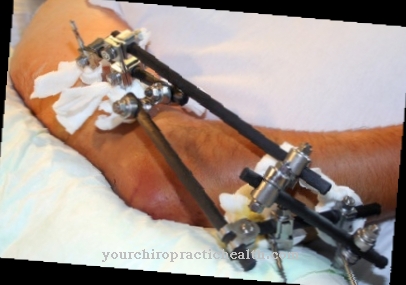


.jpg)
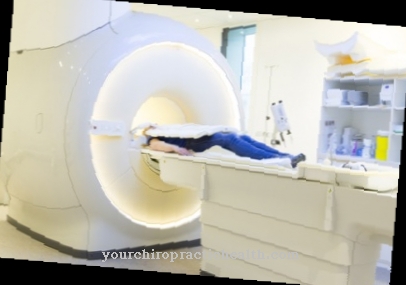


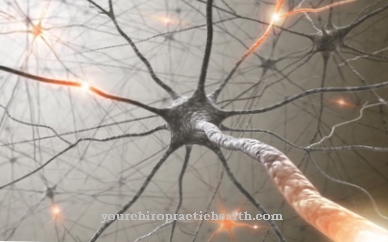
.jpg)

.jpg)

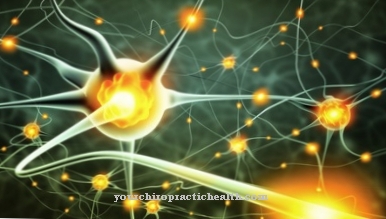
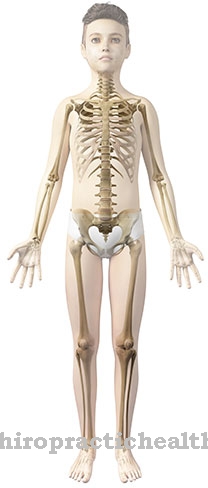


.jpg)





